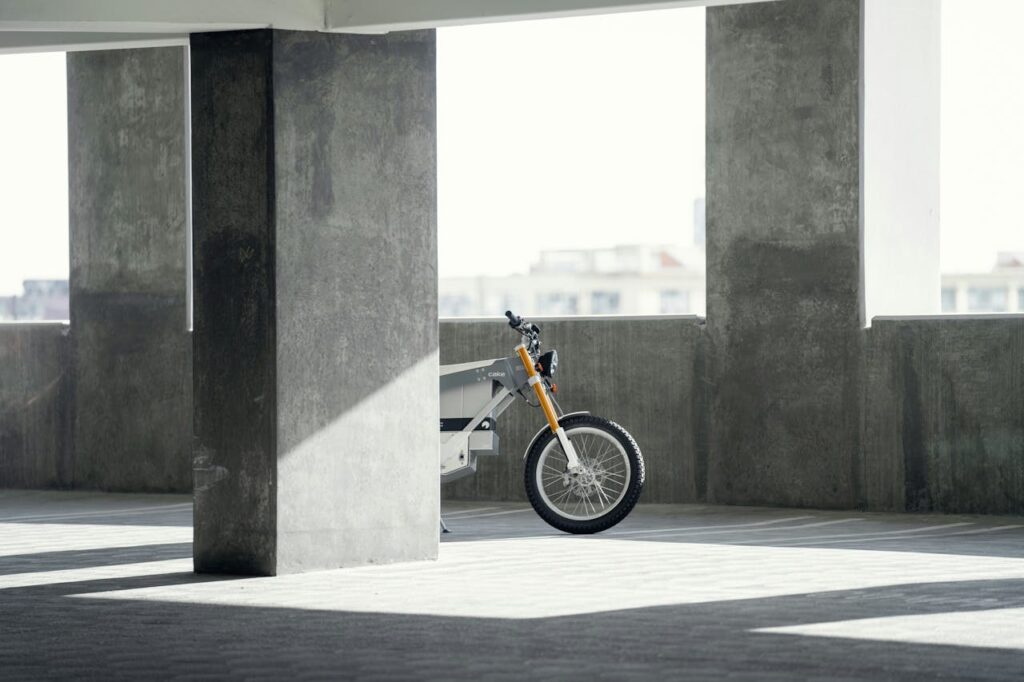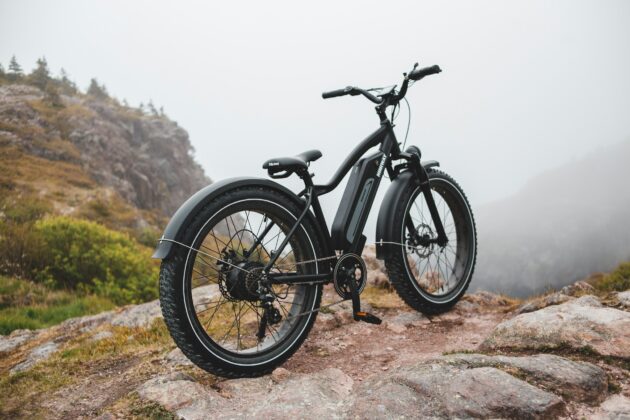
As the world continues to shift towards sustainable transportation, electric bikes (e-bikes) are rapidly emerging as a popular and practical solution for urban commuting and recreational travel. Their ability to blend the traditional aspects of cycling with the convenience of electric power has garnered widespread appeal among various age groups and demographics. With advancements in battery technology, motor efficiency, and smart features, e-bikes are not only becoming more efficient but also more accessible and user-friendly. This guide aims to delve into the latest trends and cutting-edge innovations in the e-bike industry, providing insights into what the future holds for these transformative vehicles.
Advances in Battery Technology
One of the most significant trends in the e-bike industry is the rapid advancement in battery technology. Modern e-bikes are now equipped with lithium-ion batteries, which offer a high energy density, lightweight design, and long lifespan. These batteries not only provide a longer range on a single charge but also reduce the overall weight of the e-bike, making it easier to handle and more efficient to ride.
Another key innovation is the development of fast-charging technologies. With fast chargers, e-bike batteries can be recharged to 80% of their capacity in just under an hour, significantly reducing downtime and encouraging more frequent use. This is particularly beneficial for urban commuters who rely on their e-bikes for daily transportation.
Battery management systems (BMS) are also evolving to enhance safety and performance. These systems monitor the condition of the battery in real-time, ensuring optimal performance by balancing cell voltages and preventing overheating. As a result, users can expect improved battery longevity and reliability, reducing the need for frequent replacements. Whether it’s a lightweight ebike for city commuting or a powerful electric mountain bike, advances in battery technology are making e-bikes more practical and versatile than ever before. It also opens up possibilities for other forms of e-mobility, such as electric scooters and skateboards.
Table of Contents
Enhanced Motor Efficiency
The efficiency of motors in e-bikes has seen remarkable improvements over the years. Modern e-bike motors are now more powerful and energy-efficient, thanks to advancements in brushless technology. Brushless motors generate less heat and experience less wear and tear, resulting in a longer lifespan and reduced maintenance needs.
The latest motors offer a smoother and quieter ride. This is achieved through refined designs and improved materials, which reduce friction and vibration. Riders can now enjoy a more comfortable and enjoyable experience, whether they are navigating busy city streets or exploring rugged terrains.
Another promising innovation is the integration of smart motor controllers. These controllers can automatically adjust the motor’s output based on the rider’s pedaling effort and terrain conditions. This ensures an optimal balance between power assistance and energy consumption, making the ride more efficient and customized to individual preferences.
Smart Connectivity Features
The integration of smart connectivity features is transforming e-bikes into intelligent transportation solutions. Equipped with GPS, Bluetooth, and mobile app connectivity, modern e-bikes offer a range of smart features that enhance convenience and user experience. Riders can use their smartphones to track their rides, monitor battery status, and even receive maintenance alerts.
E-bikes with integrated GPS capabilities provide navigation assistance, helping riders find the most efficient routes and avoid traffic congestion. This is particularly useful for urban commuters who need to navigate through busy city environments. Additionally, GPS-enabled e-bikes can offer theft prevention features, allowing owners to track their bike’s location in real-time in case of theft.
Another emerging trend is the incorporation of voice command features. Voice-activated systems allow riders to control various functions of the e-bike, such as adjusting power assistance levels, checking battery status, or accessing navigation, all without taking their hands off the handlebars. This enhances safety and convenience, making the ride more enjoyable and user-friendly.
Sustainability and Eco-Friendly Design
As environmental concerns become more pressing, the e-bike industry is prioritizing sustainability and eco-friendly designs. Manufacturers are increasingly using recyclable materials and adopting green manufacturing processes to reduce the environmental impact of e-bike production. This includes the use of sustainable materials like bamboo and recycled aluminum for bike frames.
E-bikes are being designed with energy-efficient components that minimize electricity consumption. For example, new lighting systems use LED technology, which is not only brighter but also consumes significantly less power than traditional lights. This contributes to the overall energy efficiency of the e-bike, extending battery life and reducing the carbon footprint.
E-bikes offer a sustainable alternative to traditional modes of transportation, helping to reduce greenhouse gas emissions and traffic congestion in urban areas. By choosing e-bikes for commuting and short trips, riders contribute to a cleaner environment and promote a healthier, more sustainable lifestyle. The future of e-bikes looks bright, with ongoing efforts to innovate and enhance their eco-friendly credentials.
Future Market Trends and Consumer Preferences
The electric bike market is poised for significant growth in the coming years, driven by a combination of technological advancements, increasing environmental awareness, and shifting consumer preferences. Urbanization and the need for efficient, cost-effective transportation solutions are prompting more people to explore e-bikes as a viable alternative to cars and public transport.
The convenience of avoiding traffic reduced transportation costs, and the added health benefits of cycling are attracting a diverse range of users, from daily commuters to leisure cyclists. As a result, the demand for e-bikes is steadily increasing, with manufacturers expanding their offerings to cater to various needs and preferences.
Consumer preferences are evolving to favor more personalized and customizable options. Riders are seeking e-bikes that not only meet their practical needs but also reflect their personal style and preferences. This has led to the development of e-bikes in various shapes, sizes, and designs, including foldable models for easy storage and transport.

The future of e-bikes is set to witness continuous growth and innovation as they become an essential part of sustainable transportation solutions. With advancements in technology and a focus on sustainability, we can expect even more versatile and user-friendly e-bike models in the years to come. Whether for daily commuting or recreational travel, electric bikes are here to stay, revolutionizing the way we think about transportation. When it comes to the future of e-bikes, the possibilities are endless.
